I still remember the moment I passed the marathon mark in my first 100 mile ultra. My watch clocked over at 42.2km, and for a split second I felt that familiar satisfaction of finishing a marathon. Then reality hit me, I still had another 120km to go. The legs were fine, but the voice inside my head said, “quarter of the way there, only 3 more of them to go”.
Running your first 100 mile ultra is nothing at all like running a marathon. It’s a different world completely. A mix of survival, stubbornness, problem-solving, and strangely, enjoyment. Here are the lessons I wish I had known before toeing the line at my first 100 mile ultra.
1. Pacing is Everything (Go Slower Than You Think)
If you’re used to completing marathons, then pacing an ultra will feel unnatural at first. In a marathon, you’re trained to find a strong rhythm and hold it. In a 100 mile ultra, if you try that, most of you will crash hard before you even get to halfway.
I learned this the painful way. In my first 100 mile ultra, the Chester 100 by GB Ultras, the excitement of the start line carried me. I set off running too quickly, chatting with other runners, and riding the adrenaline. By the time I hit 50km, my legs felt heavy, and my energy tank was already low. I paid for it during the final third of the race, slogging and shuffling when I should have been steady.
I’ve found the trick is to force yourself to go slower than feels natural in the first half of the race. If you feel like it’s too slow, you’re probably doing it right.
My Tip: Training with regular slow base building runs and back-to-back long runs will help you prepare to hold back and still have energy left deep into the night.
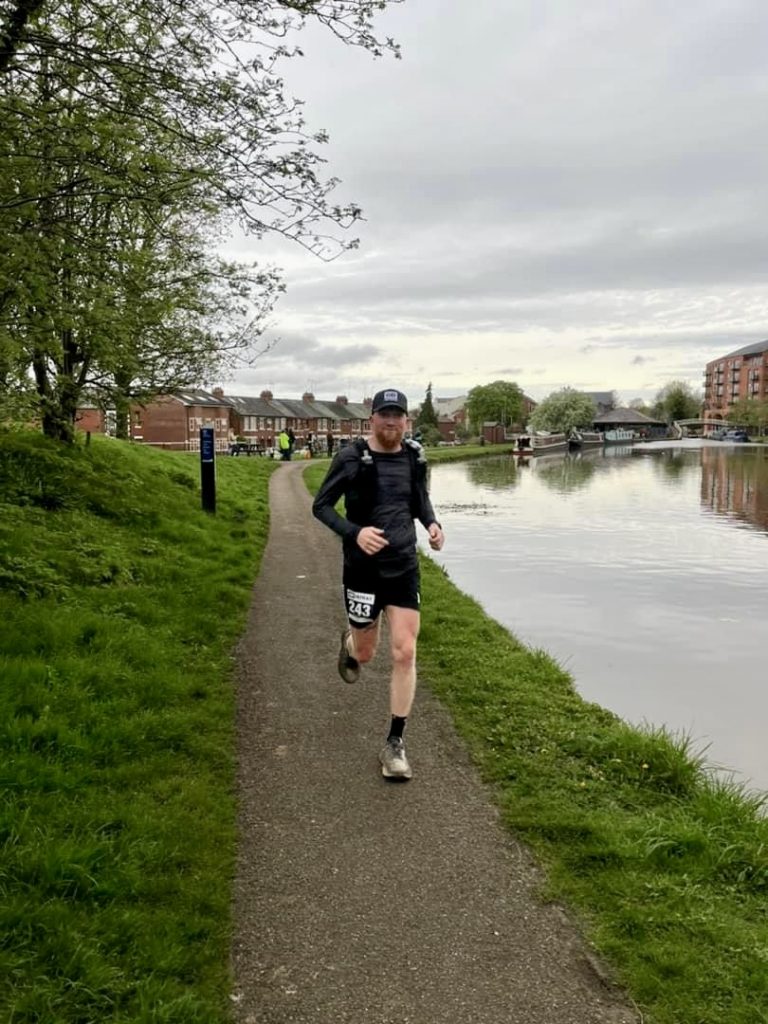
2. Nutrition Will Make or Break You
In marathons, gels and sports drinks usually get the job done. In ultras, your stomach will, for sure, eventually rebel against sugar. You start craving real food. Salt, fat, and different textures. Even fluid calories.
During my first 100 mile ultra, I made the rookie mistake of relying too much on gels for too long. By 60km, my stomach wanted nothing to do with them. And I was retching at the sight of them. Same with the carb drinks. As soon as I put them near my mouth, I would physically feel sick. The checkpoint boiled potatoes, sandwiches, cheese on toast, soup with bread and butter, Irish stew and beans on toast, became my lifeline.
I quickly learned that ultras are as much about eating as they are about running. You must train your stomach. I dropped the gels and started experimenting with different foods on my long runs. Mash potatoes, cheese sandwich, tuna wrap, crisps, milkshake and peanut butter bagel.
My Tip: Test your nutrition in training. Try running long with the kind of foods you’ll eat in your race. Think of your stomach as an extra muscle, train it.
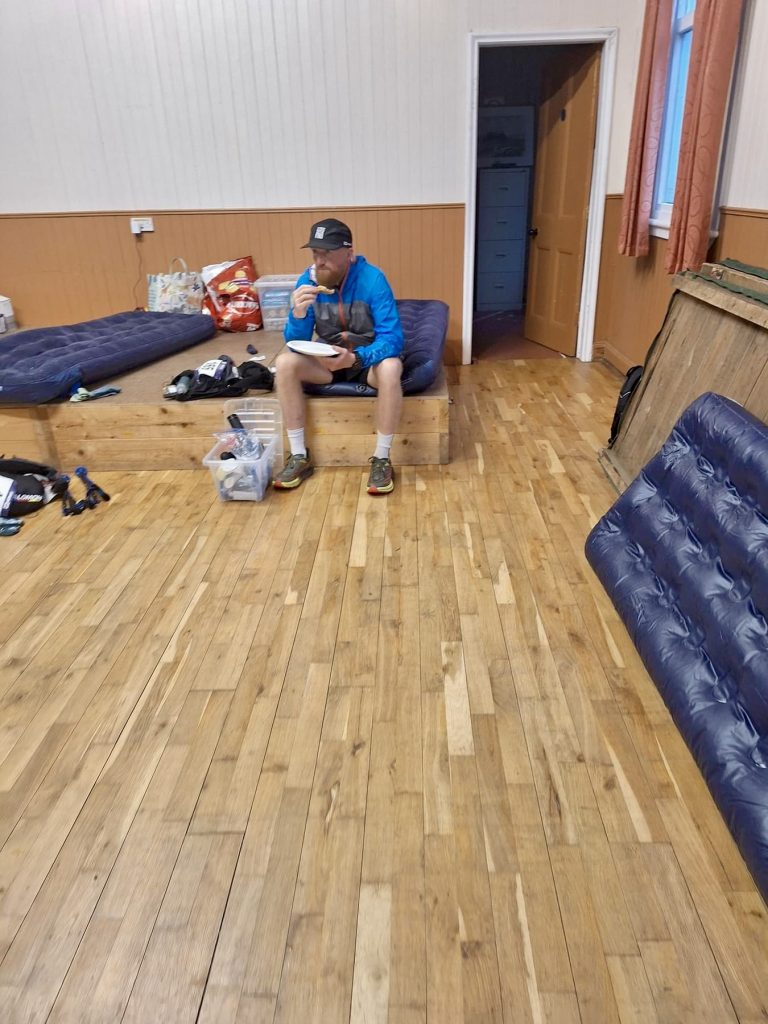
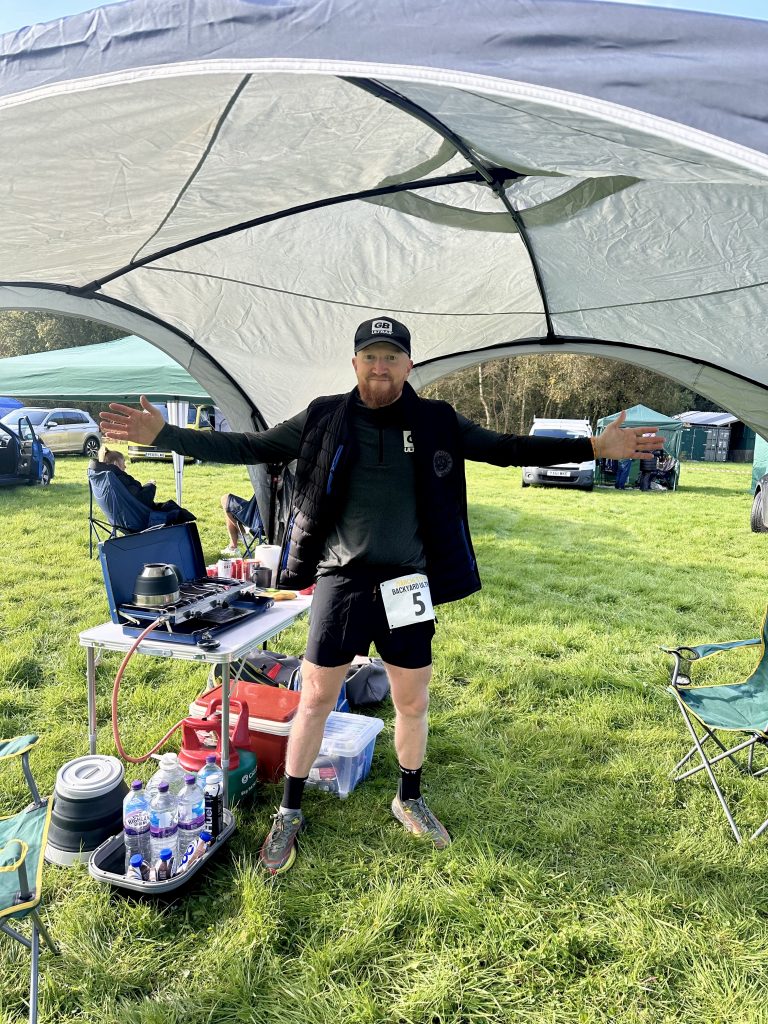
3. The Mental Wall Hits Different
In marathons, everyone talks about “the wall”, which usually arrives around mile 20–22. In a 100 mile ultra, the wall doesn’t just hit once, it will sneak up on you multiple times.
At 75km in my first 100 mile ultra, I remember sitting in a chair at the checkpoint at Spike Island, in the dark, staring at my race pack at my feet, thinking, “Why am I doing this? Who even cares if I finish. I’ve run all day already; I could just stop now.” That’s the ultra wall! it’s not just fatigue, it’s doubt.
What saved me were small mental tricks. Like breaking the race into checkpoint segments and not thinking about the full distance. Repeating to myself “Just get to the next checkpoint, eat, drink, reset and we’ll see where we’re at.” And even speaking out loud to myself, describing my surroundings, what I will do at the next checkpoint, why I started this race.
My Tip: In ultras, the battle is more the mental game than how physically fit you are. If you can learn to accept discomfort as part of the process, you’ll keep moving forward. The lows will pass eventually, get through them and the highs will carry you forward.
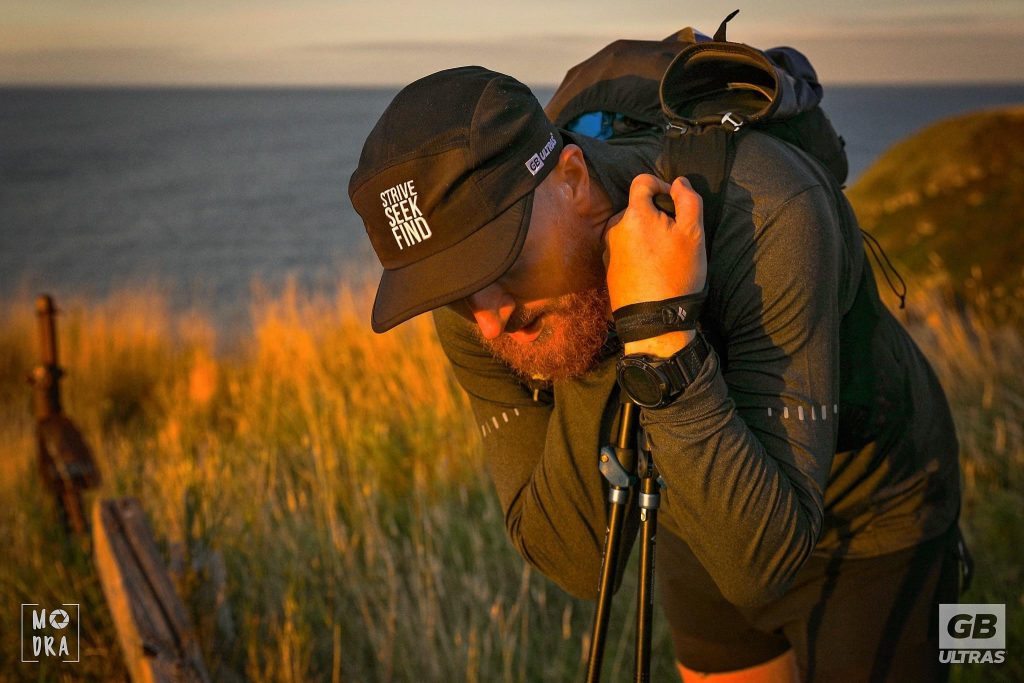
4. Gear Isn’t Optional. It’s Essential
In marathons, you can probably get away with minimal kit. In a 100 mile ultra, the wrong gear can end your race.
For me, it was socks. I underestimated the impact on my feet after many hours of my feet pounding on different terrain, getting wet, not drying out completely, sweating and swelling. By the last 20km, I had blisters the size of tennis balls on the balls of my feet, that made every step agony. Lesson learned: invest in good, quality running socks, change them often and don’t scrimp on foot care.
Other gear mistakes I’ve seen (or made). A headlamp that wasn’t bright enough for technical trails. A hydration pack that doesn’t fit right and chafed after hours of use. Shoes that felt great at 20 miles but punished my feet after 50 miles.
Before your 100 mile ultra, do a full gear test. Test everything on long runs, and have backups for anything that could fail.
My Tip: Deal with hot spots and change wet socks before it is too late. Remove your shoes and socks and air your feet to dry them whilst you are eating at a checkpoint. Even 10 minutes will be enough. And putting on a fresh, dry pair of socks will give you a mental boost for the next section.
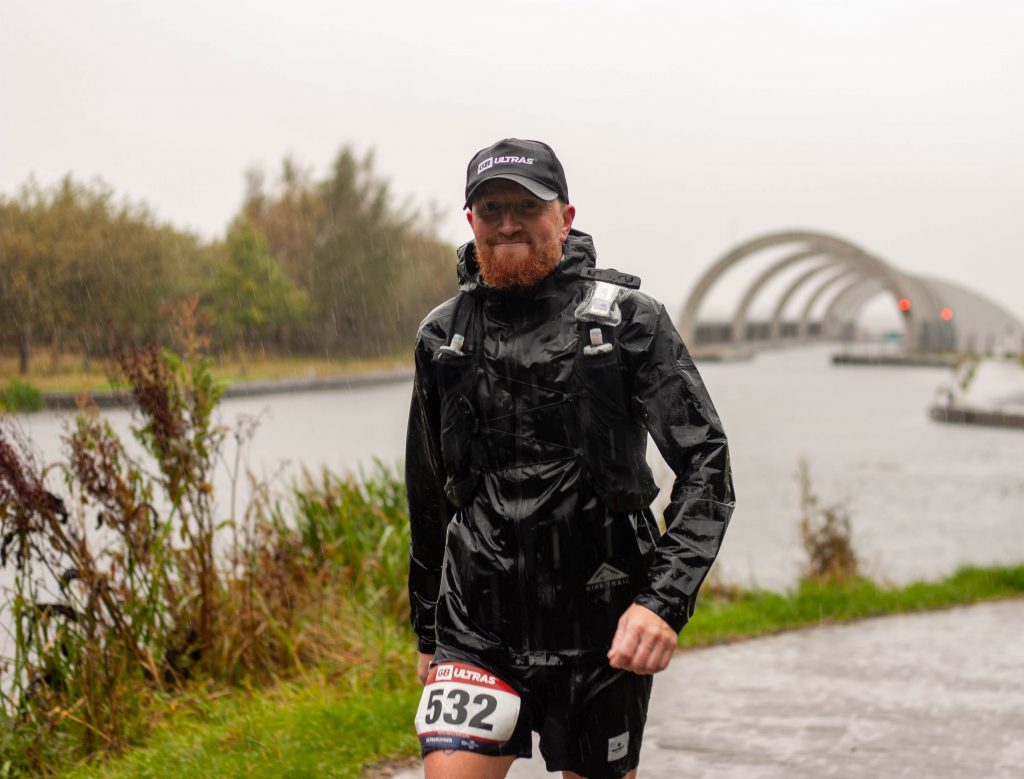
5. Community is a Secret Weapon
If you’ve only run road races, ultras will blow you away with how different the community feels. Yes, people compete, but the vibe is more about collective survival than beating the person next to you.
During my first 100 mile ultra, my first low point came around 60km into the race. A fellow runner caught me up, checked in with me to see how I was feeling, handed me some salt tablets, and ran with me for a while. This low point soon turned into my next high and we chatted away for a few miles. We’ve since met at other races and keep in touch to this day. That moment of encouragement carried me farther than any calorie.
Checkpoints are their own world. Volunteers cheering you on and providing encouragement, strangers offering support, fellow runners sharing war stories. That community spirit is part of what makes ultras unforgettable.
My Tip: Take time to check in on your fellow runners at your next ultra. Embrace the ultra-community spirit. This alone will give you a lift. And friendships will be made.
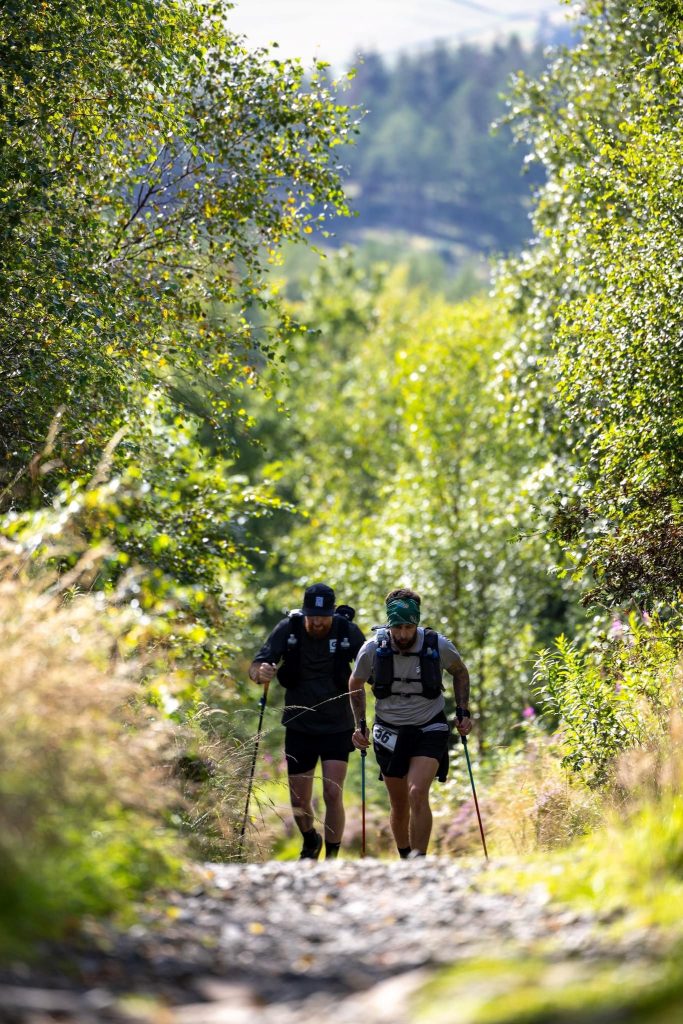
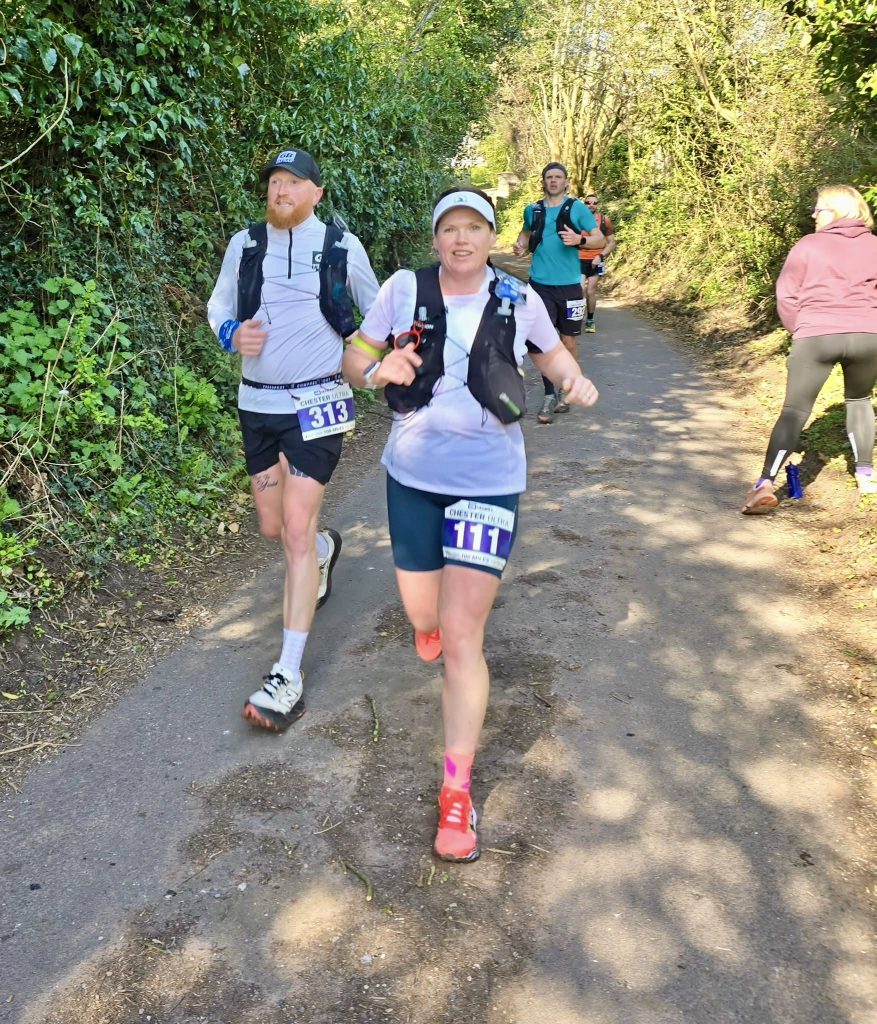
6. The Night Will Test Your Mind More Than Your Legs
During the night when the hours are dark, fatigue, isolation, and the pitch black can make every mile feel longer and every step heavier. Your physical training gets you to the start line, but your mindset carries you through the night.
The night can feel endless, and hallucinations, doubt, and loneliness often creep in. Having mental strategies will help. mantras, music, or even planned calls with family or friends, can be a lifeline.
In my first 100 mile ultra I talked out loud to myself, I listened to a podcast and even called my family for a chat. I hit my lowest point at around 3am. I took a wrong turn, I had to wade through a knee deep brook and scale a barbwire fence to get back to the trail. But I kept moving. And when the sunrise came, I got a second wind, both physically and emotionally.
My Tip: Have a quality headlamp. You will spend multiple hours in your own globe of light. And buddy up with a fellow runner to share navigation duties with. You can feed off each other through to sunrise and benefit from that second wind.
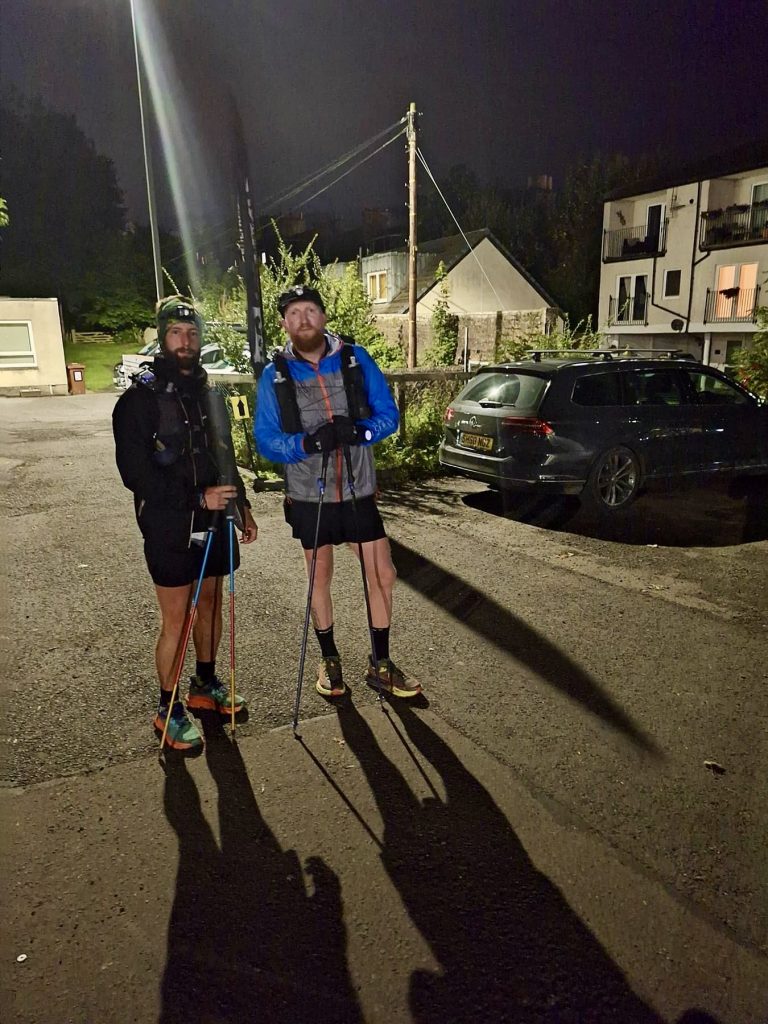
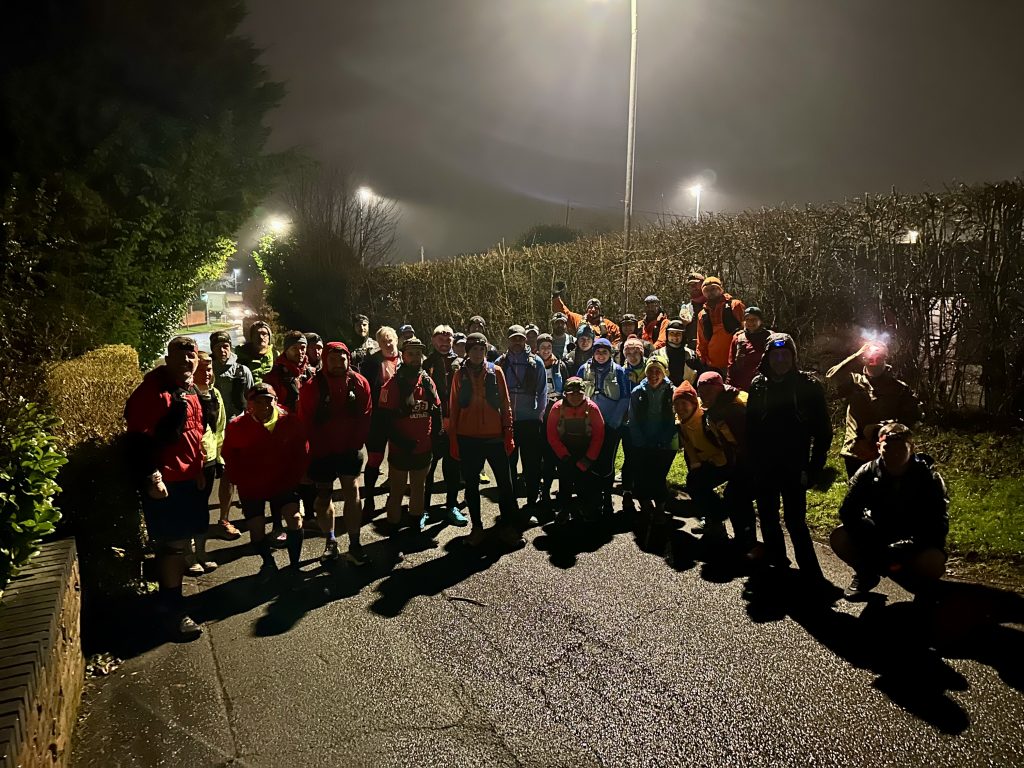
Bonus Tip: Plan to cover more distance than 100 miles. A 100 mile ultra is almost always further in distance. In my experience, anywhere up to 5-6 miles extra. Which is a hell of a long way after 100 miles, trust me! In my first ultra, it was an unreal feeling seeing my watch tick over the magic 100 miles distance covered. Only to come crashing back down to earth when I realised the finish line was no where in sight and was actually still another 5 miles away. That last 5 miles took forever.
Closing Thoughts: Stubbornness Over Speed
Crossing the finish line of my first 100 mile ultra was unlike anything I’d ever experienced. It wasn’t about a finish time, or a buckle, or proving anything to anyone else. It was about pushing myself past every excuse to stop and finding out just how far I can push myself and how far stubbornness would carry me.
If you’re thinking about your first 100 mile ultra, know this. It WILL be messy, it WILL be painful, and it WILL change you. You’ll learn more about yourself in one race than in months of regular training.
And when you finally see that finish line after 100 miles of extreme highs and extreme lows, you’ll know why people keep coming back for more.
So go for it. Get on that start line. Take it slow. Eat the potatoes. Lean on the community. And when it gets dark, just keep moving forward.
Your first 100 mile ultra will stay with you forever.



Leave a Reply